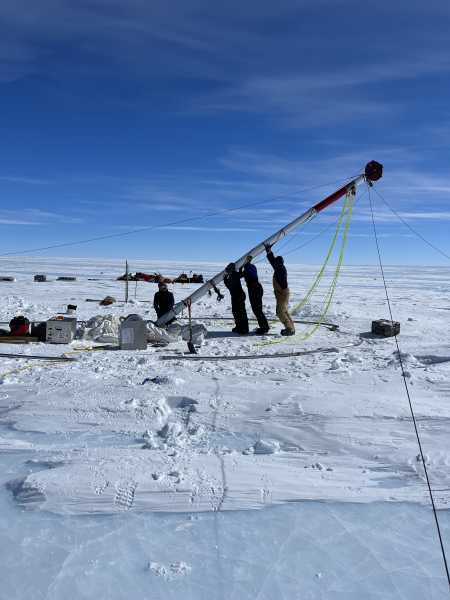
Slag is a by-product of steel plants. (Photo by CHUNYIP WONG/Getty Images)
Industrial waste can turn into rock in just 35 years, rather than thousands or millions of years as previously thought, according to new research. The discovery challenges scientists' understanding of how rocks form, introducing the concept of an “anthropoclastic rock cycle.”
Scientists have found that waste from coastal industrial sites is particularly rapidly mineralized by exposure to seawater and air, which activates minerals such as calcium and magnesium in the slag, binding them much faster than normal sedimentary processes, according to the statement.
“For centuries, we’ve thought of the rock cycle as a natural process that takes thousands or millions of years,” Amanda Owen, a senior lecturer in sedimentology at the University of Glasgow in Scotland and lead author of the new study, said in a statement. “What’s exciting is that we’ve found that these man-made materials integrate into natural systems and become lithopoles — essentially turning into rocks — in just decades.”
You may like
-

Scientists are breaking down cheap plastic using air and transforming it into something much more valuable
-

Study finds 'flawed argument' in debate over start of plate tectonics
Sourse: www.livescience.com





